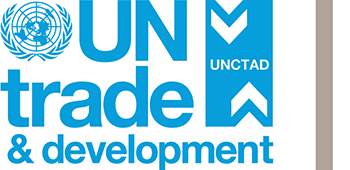Sovereign governments cannot assess their own creditworthiness because of conflict of interest. When sovereigns issue bonds they need a third-party assessment of their creditworthiness, encapsulated in a rating, to attract potential investors. Private credit rating agencies (CRAs) have filled this void as third parties who provide assessments on sovereigns’ ability and willingness to service debt commitments. Their assessments constitute financial information. As a result, the orientation of risk ratings by CRAs appears to be more closely aligned to the time horizons of investors than the longer-term goals of sovereigns.
The rating agencies rate “through-the-cycle”. That is, agencies supposedly look past immediate-term imbalances and focus on the general trajectory of the economy. They understand market economies are cyclical. ‘Ratings need to be sufficiently cycle-neutral to bring about stability, but also sufficiently timely to bring enough accuracy to maintain investors’ confidence that ratings reflect degrees of fundamental creditworthiness’ (Langohr and Langohr 2008). However, events such as the Covid-19 pandemic are not part of a cycle and emerging markets and developing economies (EMDEs) are not developed economies. While credit ratings agencies maintain they account for these differences, the adjustments are not enough to compensate for the difference between the timelines of investors and for cycle-neutrality.
A multilateral credit rating agency (MCRA) could create new approaches for assessing sovereign creditworthiness, for both EMDE’s and developed economies, and for working out resolutions in a way that sustainable development goals can be actioned during an ecological transition. This is a complex and multifaceted challenge. To understand the challenge more fully, the functions (and malfunctions) of private rating agencies need to be revisited, along with their methods.
This paper critically evaluates the functions and methods of private credit rating agencies, as well as discusses the MCRA’s functions related to their main objectives, engagement of stakeholders, innovative institutional design, funding possibilities and governance structure.
